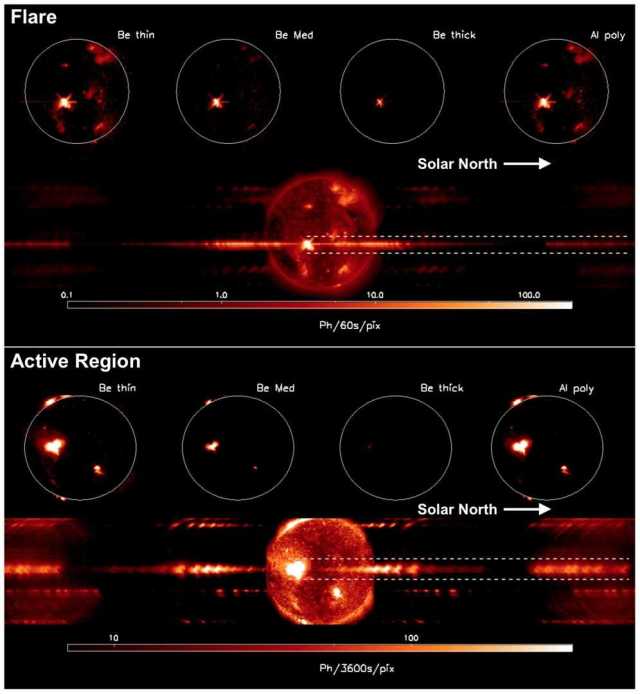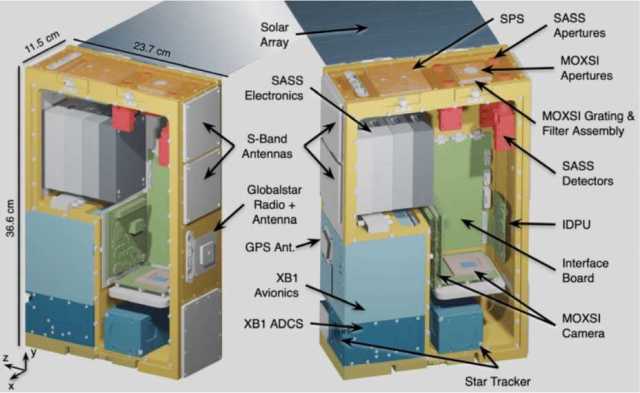NASA has approved the project of a cubesat satellite for the study of the Sun in the X-ray range. It is expected that CubIXSS will be launched in 2024 and within a year will determine the parameters of plasma in the active regions and the corona of our star, it is reported on the website of the Southwest Research Institute.
The aim of the CubIXSS (CubeSat Imaging X-Ray Solar Spectrometer) project will be to study the dynamics of hot plasma in active regions on the Sun, which are sources of flares and coronal mass ejections. Scientists are interested in what role the flares themselves play in heating the plasma and how much energy is transferred to the solar corona during them. It is expected that the collected scientific data will help to better understand the relationship between particle acceleration, plasma heating and energy release during magnetic reconnection.
The measuring equipment will be installed on a 6U cubesat satellite, which will go into low Earth orbit, where it will work. Observations will be carried out at different wavelengths in the soft X-ray range with high spatial and spectral resolution, which will allow determining the temperature and ionic composition of plasma in the active regions and in the corona of the Sun.

A simulated CubIXSS observation session for the solar flare (above) and the active region (below).
Image source: SwRI, NASA
On November 1, 2021, NASA approved the start of satellite development, which will be handled by the Southwest Research Institute, the Goddard Space Flight Center and the Laboratory of Atmospheric and Space Physics at the University of Colorado. The launch of the spacecraft into space is scheduled for the end of 2024 as an auxiliary payload when launching any other satellite, the scientific program is designed for one year.
Earlier we told that NASA approved the project of the first space solar radio interferometer SunRISE, which will be created from six cubesat satellites in near-Earth orbit.
Alexander Voityuk

